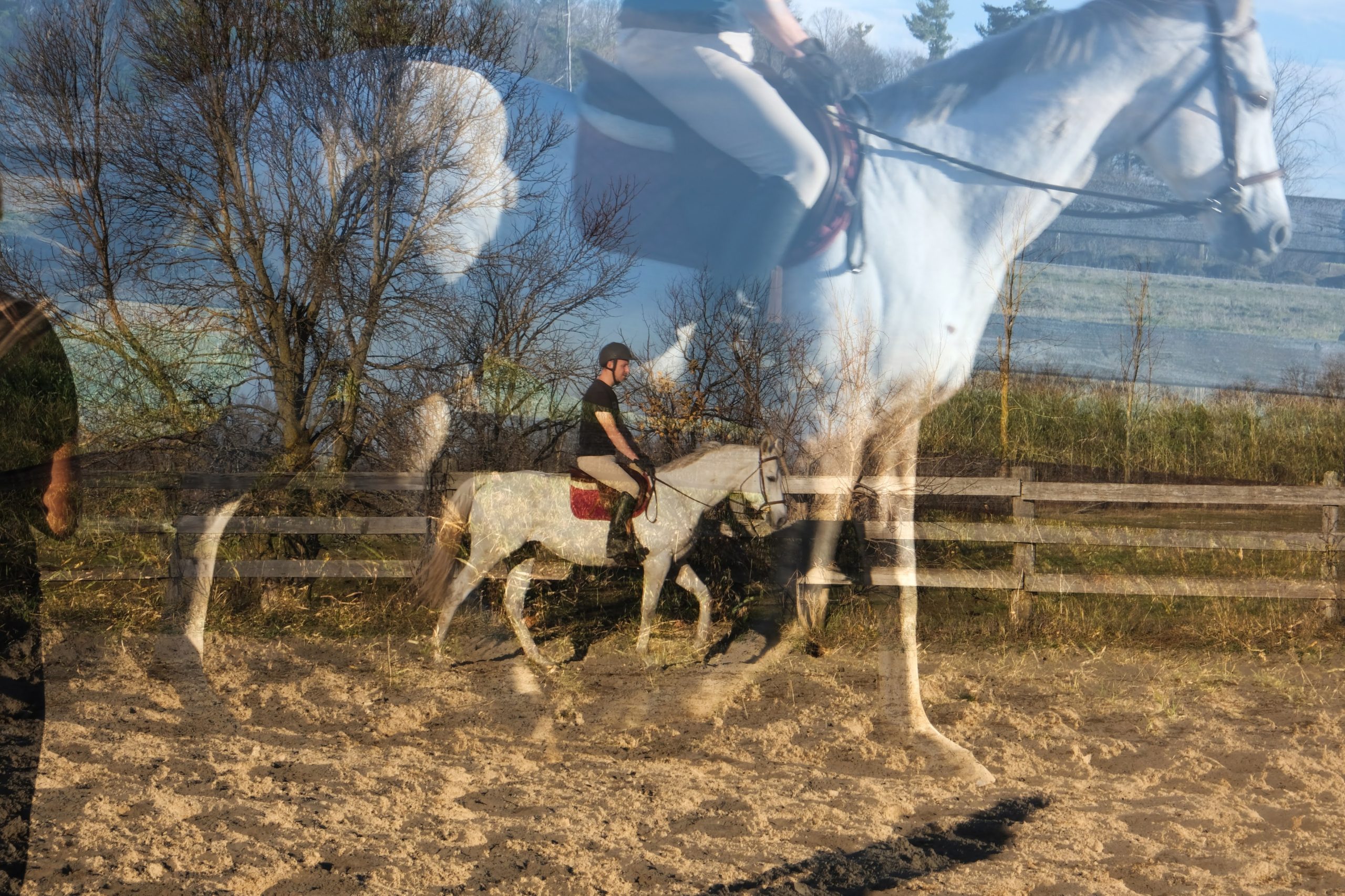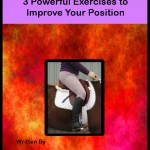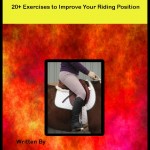How to teach my horse to jump?
I get asked this question a lot.
How do I train my horse to…. <fill in the blank>?
The most common question is – train my horse to jump.
Followed by –
How do I <pick up the correct lead>?
Then the third place request
How do I <stop my horse from throwing their head>?
What I feel these people should be asking is …
What skills do I need to … <fill in the blank>
This would be the correct question to ask.
This is because the horse already knows how to:
- Jump
- Canter on both leads (watch your horse in the paddock. I bet your horse will canter on both leads)
- Keep their head quiet. Not very often a horse stands in the stable or out in the field tossing their head.
So –
It isn’t the horse that needs to learn and understand this.
It is the rider that requires the education.
And if you need to ask “How to teach my horse to jump” I really think that you shouldn’t be doing it.
Jumping that is.
Before you set up a jump on your own, or practice you should have a solid foundation in your:
- Position
- Education
And this means in your own personal education about your own personal position as well as the steps required for the undertaking of getting your horse over a jump.
Oh, sure there are people who have taken horses from “know nothing” situations and brought them along to high jumps and winning situations but I can tell you with confidence that there are many many horses (and riders) out there that have gone down the rabbit hole and have lost their confidence or the confidence of their horse, or worse, due to ignorance of the requirements for teaching your horse how to jump.
Things you need to know before you teach your horse to jump
A balanced position at all 3 gaits
How do you know if you are balanced?
This is another one of those questions, if you have to ask then maybe you aren’t balanced.
Take this test.
- Can I ride without stirrups at all 3 gaits (and feel comfortable)?
- Can I pick up the correct diagonal without looking down?
- Can I tell if I am on the correct lead without looking down?
- Can I stay in 2-point position without falling forward or backward in the saddle?
These are just a few, in my opinion, of what you need to be able to do before you start to jump and before you start to jump a horse that has never jumped before.
Horses, generally speaking, know how to jump. They are natural jumpers.
It is up to us as riders and trainers to give them the confidence, strength and trust to develop that.
Having a secure balanced seat is the fundamental first step to achieving this.
How to stay in balance with your horse.
Almost always things can be corrected by riding in 2-point position. When in doubt ride in 2-point position.
But not in any 2 point position. You have to be in balance.
By in balance i mean:
- No balancing on your hands
- Staying off your horse’s back
- Keeping your leg still
Ask yourself these questions:
- Can I walk, trot and canter without falling back in the saddle or balancing on my hands?
- Does my leg stay still when I ride in a 2-point position?
- Does my horse stay in a steady rhythm when I shift from 2-point to regular position.
How the horse moves over the jumps
If you would like to jump your horse you have to study how the horse moves and the phases of the jump:
- The approach
- The take off
- The flight
- The landing
- The recovery.
How the horse moves their body throughout all these phases and what you, as the rider should be doing during each of these phases. Once you know and understand what happens during these phases of the jump and how you have to move your own body then it would be safe for you to jump.
Steps to take to teach your horse to jump
If you feel comfortable with the above tests and you think you are ready…
Then:
- Start small
- Practice over a pole
- Add a pole then over 2 or 3 poles
- Add a cross rail
- A small vertical
NOTE:
- Grab mane
- Stay with your horse
- Move forward only when you have confidence.
- AND you feel that your horse has confidence.
Any questions? Just ask… I’d love to help you!
Sign up for the newsletter. People tell me they have gotten valuable information from it. Loads of tips and helpful exercises.
 Try these three powerful exercises to get strengthen your position.
Try these three powerful exercises to get strengthen your position.
